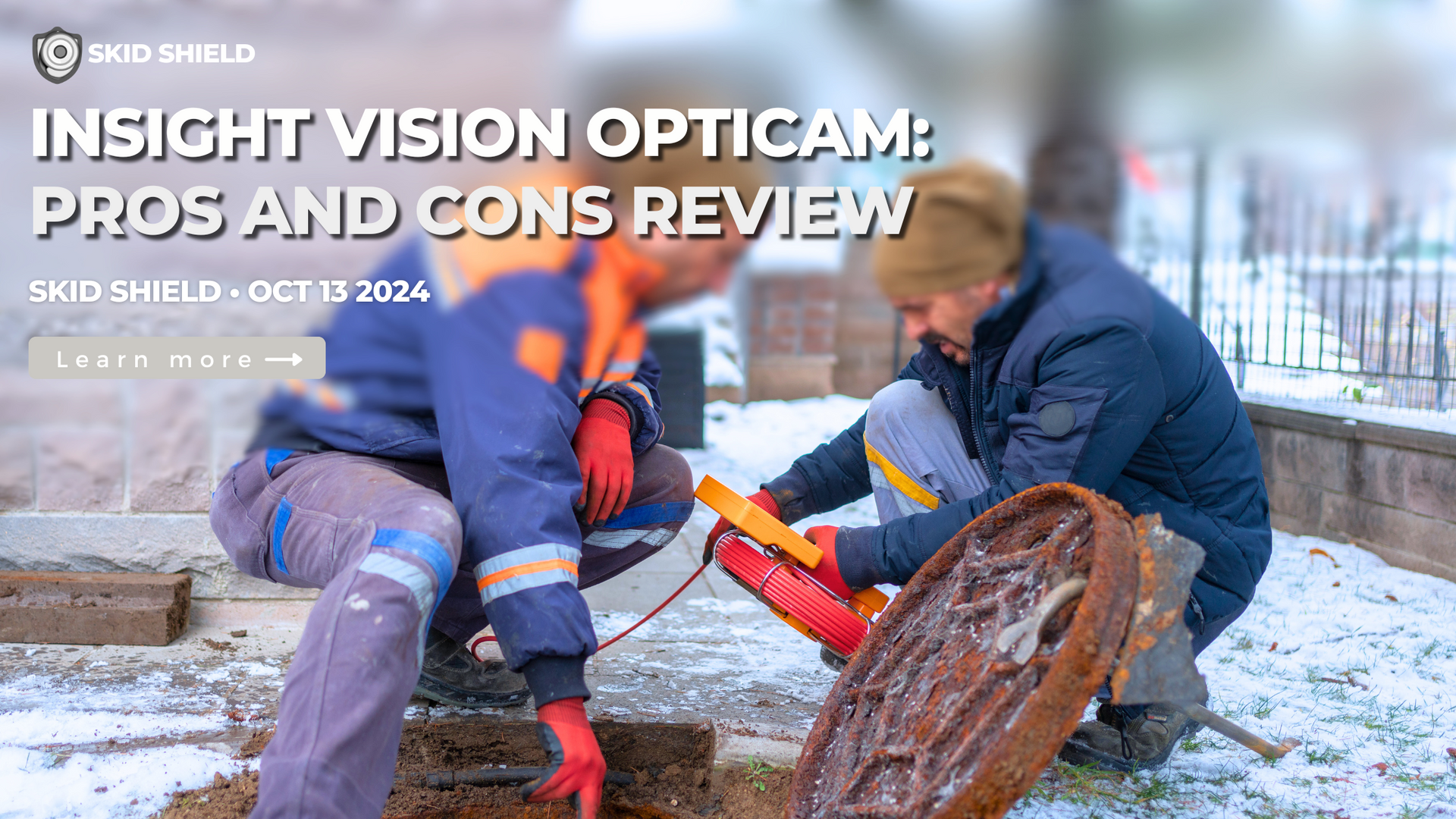The Truth About Sewer Pipe Materials: PVC, Cast Iron, and Clay Explained

The Pros and Cons of Different Sewer Pipe Materials (PVC, Cast Iron, Clay)
When it comes to sewer lines, the material used can make a big difference in durability, maintenance, and inspection. Understanding the advantages and disadvantages of the most common sewer pipe materials—PVC, cast iron, and clay—can help homeowners and professionals make better-informed decisions.
PVC Sewer Pipes: Lightweight and Durable
Pros:
- Resistant to corrosion and chemical damage, providing long-lasting performance.
- Lightweight, making installation easier and less labor-intensive.
- Smooth interior reduces the risk of clogs and improves flow.
- Generally more affordable than metal alternatives.
Cons:
- Can become brittle in freezing temperatures if not properly insulated.
- Susceptible to UV damage if exposed to sunlight over long periods.
- Less sound dampening, meaning water flow noise may be more noticeable.
- PVC pipes are common in newer construction and provide ease for inspections due to their smooth interiors, but they can still experience joint failures and root intrusion.
Cast Iron Sewer Pipes: Strong but Aging
Pros:
- Very strong and durable, able to withstand heavy loads and pressure.
- Provides good sound insulation compared to plastic pipes.
- Fire resistant, adding safety benefits.
Cons:
- Prone to internal corrosion over time, which can cause leaks or blockages.
- Heavy and difficult to install or replace, requiring more effort and cost.
- Repair or replacement can be expensive.
- Older homes often feature cast iron pipes. These pipes can be rough inside due to corrosion, making inspections more challenging and increasing the need for protective gear on inspection cameras.
Clay Sewer Pipes: Traditional but Fragile
Pros:
- Resistant to most chemicals and corrosion, ensuring long service life.
- Environmentally friendly, made from natural materials.
- Can last several decades if undisturbed.
Cons:
- Brittle and prone to cracking or breaking under pressure or shifting soil.
- Joint materials may degrade over time, leading to leaks.
- Roots can easily infiltrate joints causing blockages.
- Clay pipes remain in many older neighborhoods and require careful inspection due to their fragile nature and susceptibility to root intrusion.
Conclusion
Knowing the pros and cons of PVC, cast iron, and clay sewer pipes is essential for effective maintenance and inspection. Each material presents unique challenges that impact durability and repair needs. Using proper inspection tools with protective features ensures reliable results and helps detect issues before they become costly problems.
Frequently Asked Questions (FAQ)
- Q: How do I know what type of sewer pipe my home has?
A: You can often identify sewer pipe materials by looking at accessible cleanouts, exposed pipes in the basement, or consulting past home inspection reports. If unsure, a professional sewer inspection with a camera can accurately determine the pipe type.
- Q: Which sewer pipe material lasts the longest?
A: PVC pipes tend to last the longest due to their resistance to corrosion and chemical damage. Clay pipes can last decades if undisturbed, while cast iron pipes may corrode internally over time, reducing their lifespan.
- Q: Are clay pipes still used in new construction?
A: Clay pipes are rarely used in new construction today. Modern plumbing favors PVC and other plastic materials for their durability, ease of installation, and cost-effectiveness.
- Q: Can roots really damage sewer pipes?
A: Yes. Roots seek moisture and can infiltrate joints or cracks in sewer pipes, especially in clay and older cast iron lines, causing blockages and damage.
Roman Fairchild
CEO, Skid Shield
Website:
skidshield.store
Email: skidshield@gmail.com










